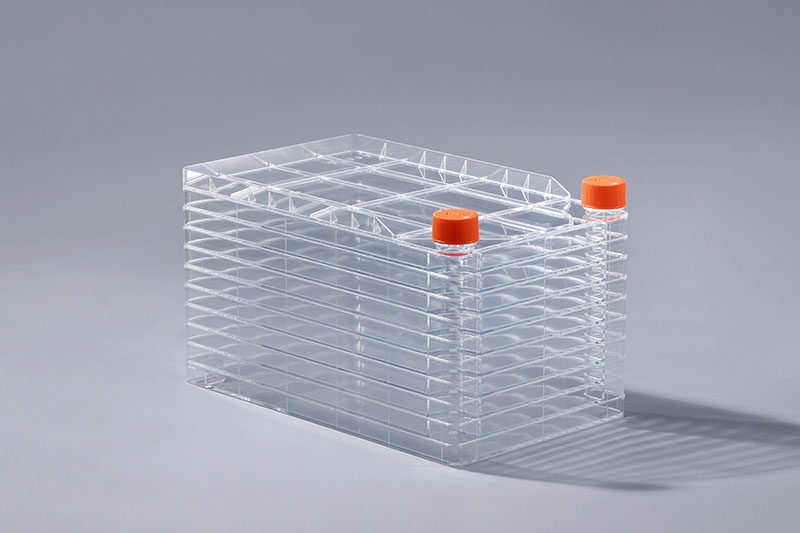Cell monarchanaa úsáidtear go príomha le haghaidh cultúr ar scála mór de chealla greamaitheacha, mar shampla vacsaín heipitíteas A, vacsaín heipitíteas B, vacsaín deilgneach, etc. Nuair a bhíonn cealla á saothrú, uaireanta feicimid go bhfuil sé deacair cealla cloí leis an mballa. Cad é an chúis?
Ar an gcéad dul síos, tá go leor cúiseanna leis an bhfeiniméan neamh-chomhlíonta nuair a shaothraítear na cealla sa mhonarcha cealla, is féidir a anailísiú agus a réiteach ó na gnéithe seo a leanas:
Díleá iomarcach trypsin: Cuidíonn Trypsin le cealla díolama. Má tá an díleá iomarcach, déanfar damáiste mór do ghníomhaíocht na gcealla, agus snámhfaidh cealla. Is féidir é seo a rialú tríd an am díleá a ghiorrú nó an tiúchan trypsin a ísliú.
Eilliú Mycoplasma: tá cealla íogair don chomhshaol. Mura dtugann an t-oibreoir aird ar shláinteachas, nó go bhfuil an timpeallacht oibre agus an trealamh turgnamhach éillithe, beidh sé mar thoradh ar thras-éilliú idir cealla agus an feiniméan a bhaineann le neamhchloí. Má aimsítear éilliú mycoplasma, caith amach go pras an cultúr. Is féidir le cealla úra síolaithe a leá agus a athshaothrú. an fhadhb seo a réiteach. Sula n-úsáideann siad an mhonarcha cille, ba cheart d'oibreoirí jab maith a dhéanamh chun iad féin agus an timpeallacht a dhíghalrú chun éilliú éagsúla a dhéanann difear don phróiseas cultúir cille a sheachaint.
Cellular Aging: Cellular aging is the sum of degenerative changes in cells as the organism ages, causing cells to lose their adherence if they are confluent before passage. Freshly seeded cells can be thawed and re-cultured.
In addition, if the initial concentration of inoculated cells is too low or too high, it will also affect the adherence properties of cells, and adjusting the appropriate concentration of inoculated cells can solve this problem. Before using the cell factory, operators should do a good job of disinfection of themselves and the environment to avoid various contamination affecting the cell culture process.
The FAI climbed 5.9 percent year-on-year in the first 11 months of 2018, quickening from the 5.7-percent growth in Jan-Oct, the National Bureau of Statistics (NBS) said Friday in an online statement.
The key indicator of investment, dubbed a major growth driver, hit the bottom in August and has since started to rebound steadily.
In the face of emerging economic challenges home and abroad, China has stepped up efforts to stabilize investment, in particular rolling out measures to motivate private investors and channel funds into infrastructure.
Friday's data showed private investment, accounting for more than 60 percent of the total FAI, expanded by a brisk 8.7 percent.
NBS spokesperson Mao Shengyong said funds into weak economic links registered rapid increases as investment in environmental protection and agriculture jumped 42 percent and 12.5 percent respectively, much faster than the average.
In breakdown, investment in high-tech and equipment manufacturing remained vigorous with 16.1-percent and 11.6-percent increases respectively in the first 11 months. Infrastructure investment gained 3.7 percent, staying flat. Investment in property development rose 9.7 percent, also unchanged.
 English
English



















































